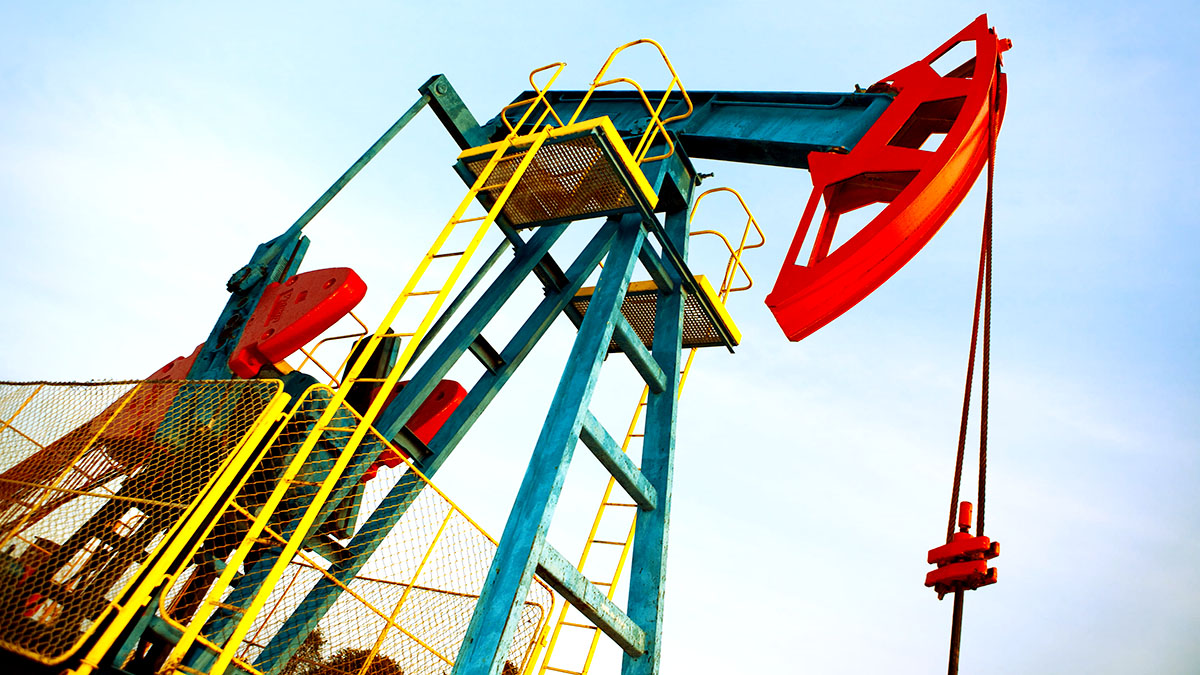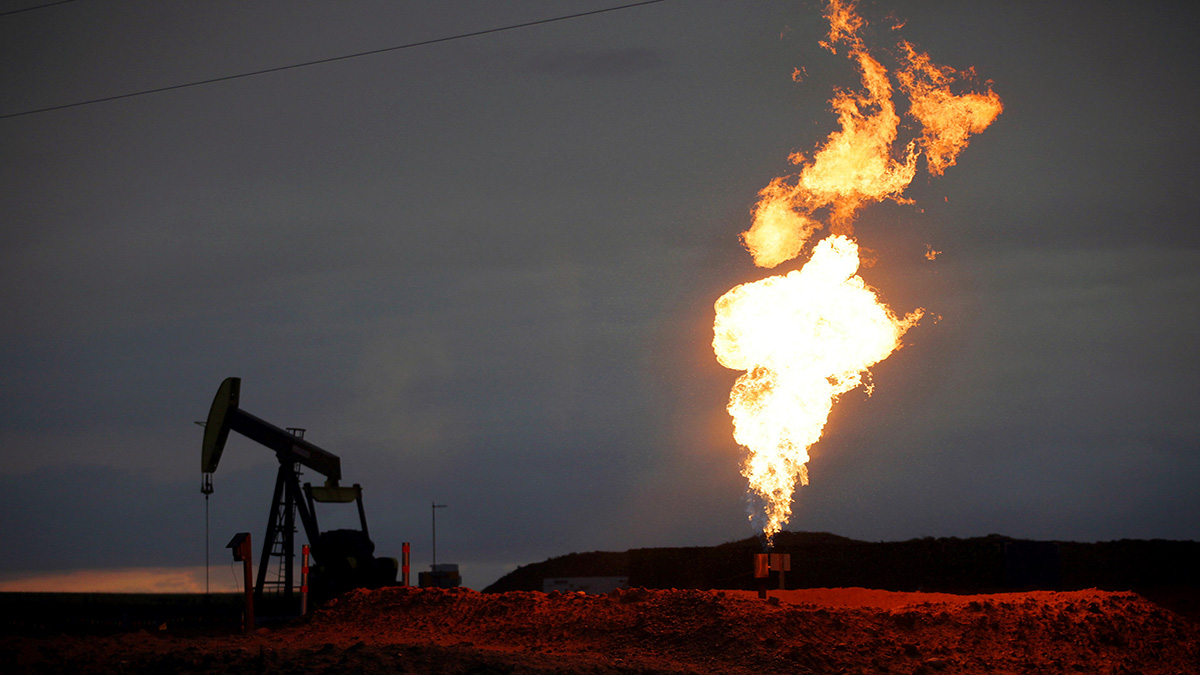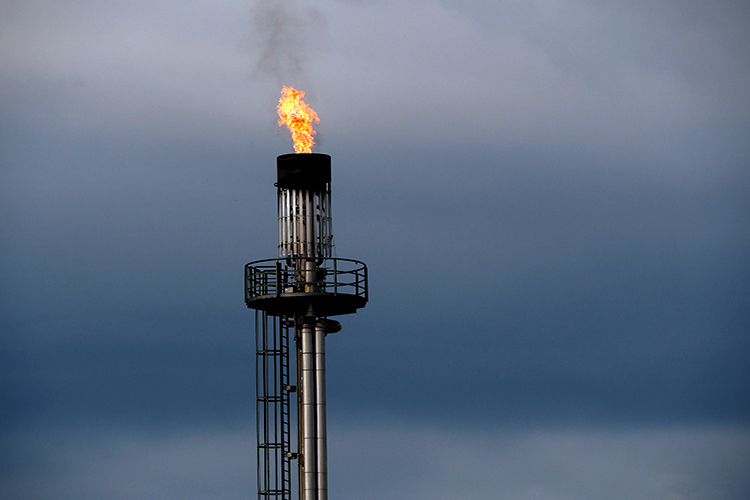India will more than double the area that is under exploration and production of oil and gas to 0.5 million square kilometre by 2025 and to 1 million sq km by 2030 with a view to raising domestic output and cut reliance on imported fuel, Petroleum Minister Hardeep Singh Puri said on Friday. The world’s third-largest energy consumer will continue to rely on hydrocarbons to meet its growing energy needs in the foreseeable future, he said at the World Energy Policy Summit 2022.
India currently relies on imports to meet 85% of its oil needs and 50% of the natural gas requirement. This is because domestic production is inadequate.
“With an objective of increased domestic production of oil and gas, we have declared an ambitious target to increase the area under exploration and production to 0.5 million sq km by 2025 and achieve 1 mn sq km by 2030,” he said.
Seven rounds of an auction of acreage under the new Open Acreage Licensing Policy (OALP) in the last five years have doubled the area under exploration for oil and gas to 207,692 (0.2 million) sq km.
Puri said the Indian economy expanding to $5 trillion by 2025 and to $10 trillion by 2030 from the current $3 trillion will lead to burgeoning energy demand.
“By 2050, as per projections by BP Energy outlook, India’s shares in global energy demand is expected to double from the current 6% to 12%, accounting for over a quarter of net global primary energy demand growth,” he said.
“India’s (economic) growth has the potential to catalyse global economic resurgence. Any achievement by India will have a multiplier impact on the achievement of the sustainable development goals.”
Referring to India’s target to reach net-zero carbon emissions by 2027, he said the government has already taken several measures to overhaul the hydrocarbon policy framework to ensure energy security for the country while pursuing the green path to progress.
“However, we acknowledge that oil and gas will continue to meet the baseload of our energy demand for the foreseeable future,” he said.
Over 80% of India’s energy needs are met by three fuels coal, oil and solid biomass. Coal accounts for 44% of all energy consumption while the oil makes up for a quarter. The share of natural gas is 6%.
“We are rapidly deploying natural gas in our energy mix by increasing its share from the current 6% to 15% by 2030,” Puri said.
Also, ethanol extracted from sugarcane and surplus foodgrains is being doped in petrol to cut reliance on imported oil.
“Ethanol blending through a series of progressive reforms has reached a national average of over 8% blending currently and is all set to increase to 20% by 2025,” he said adding bio-waste is also being turned into gas for use as fuel.
This complements the thrust towards clean mobility using electricity-powered vehicles (EVs) and the development of battery technology.
“Our focus is also on the faster deployment of green hydrogen and developing India as a hub of green hydrogen. Our oil and gas companies are developing projects for use of hydrogen as fuel and infusion of hydrogen in gas pipelines as well,” he said.
The reforms across the value chain of the oil and gas sector in India, he said, are not a matter of short-term expediency but an outcome of a well-considered long-term strategy to tap immense resources. “I am certain India will emerge as a global leader for a sustainable transition to cleaner and greener energy.”











